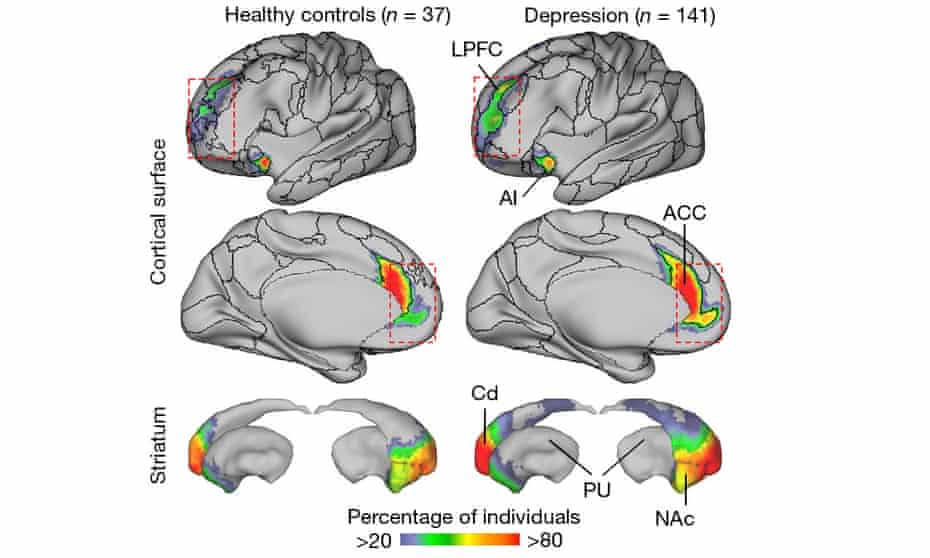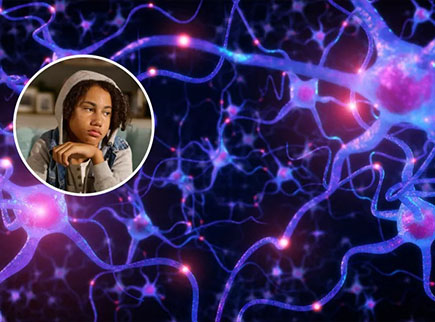A recent study published in Nature has identified a significant brain network difference in individuals with depression. Researchers at Cornell used advanced neuroimaging techniques to analyze the brains of 141 people with major depression and 37 healthy control subjects over an extended period. They found that the frontostriatal salience network, responsible for detecting and filtering external stimuli, was nearly twice as large in those with depression. This difference remained stable over time, regardless of mood fluctuations, and was even detectable in children before depressive symptoms appeared.

The expanded brain region may increase the risk of developing depression by focusing attention on negative information. The size of the salience network is controlled by genetic programs, environmental processes, and experiences. The researchers suggest that genetic factors shaping network development might be involved, but early life experiences may also contribute to brain expansion.
This breakthrough understanding of depression’s neurological underpinnings opens up new avenues for future treatments and diagnostics. Identifying individuals with an expanded salience network could help prevent depression. The research team hopes to investigate the role of early life experiences in driving brain expansion and explore new targets for effective treatment.

